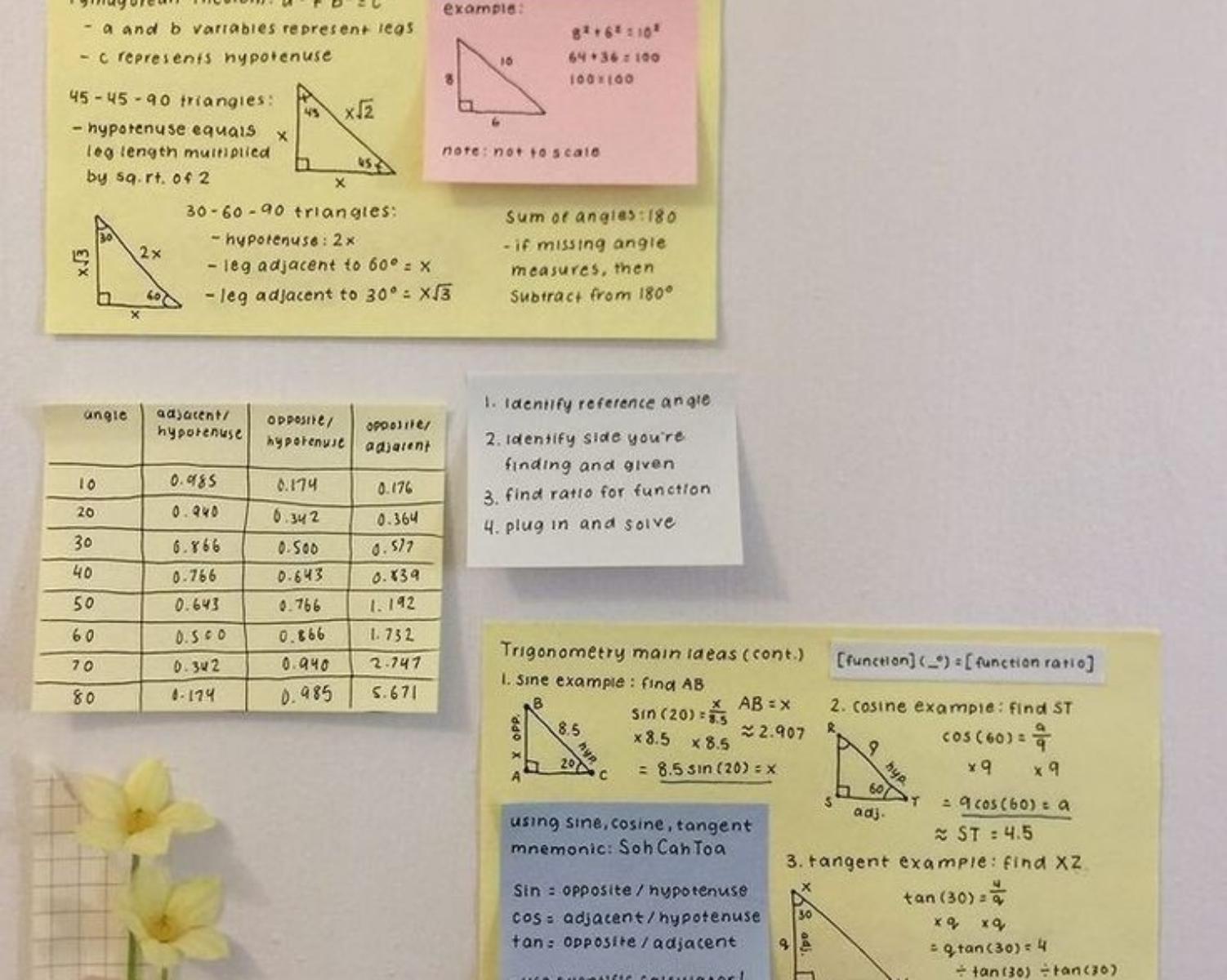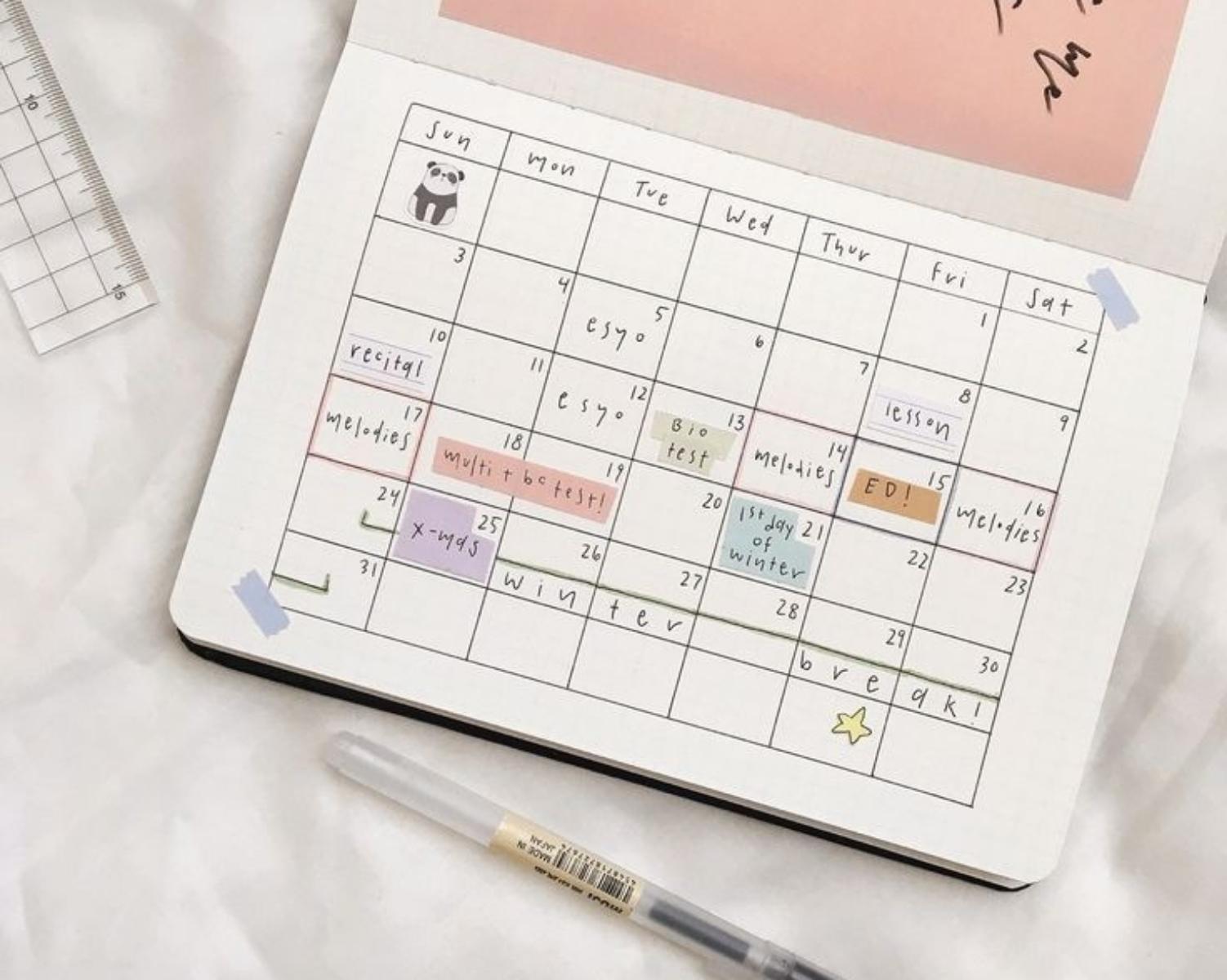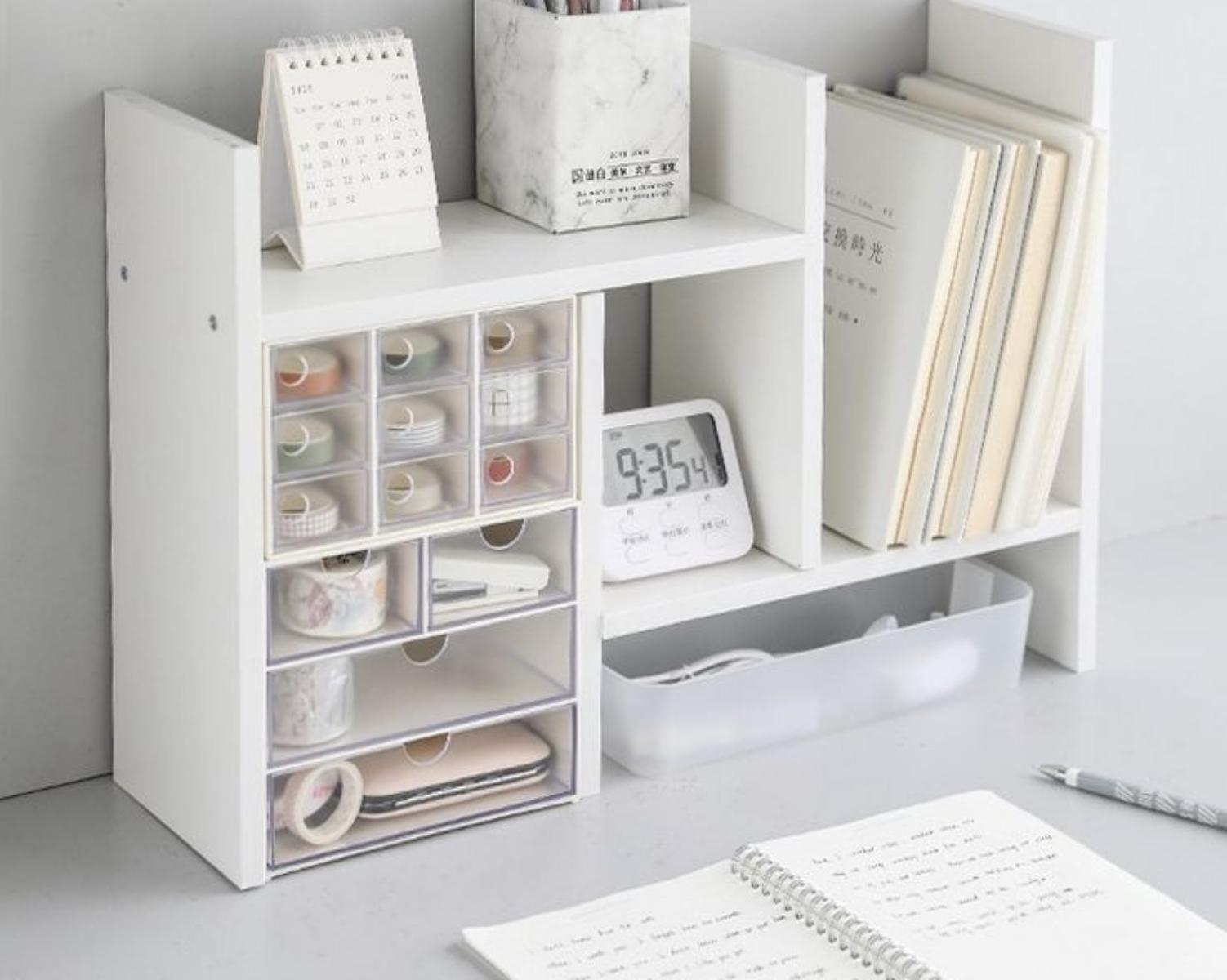Simarnjeet Jamwal's Key Ideas from How to Become a Straight-A Student
by Cal Newport
Ideas, facts & insights covering these topics:
13 ideas
·2.65K reads
23
Explore the World's Best Ideas
Join today and uncover 100+ curated journeys from 50+ topics. Unlock access to our mobile app with extensive features.
Part-2 quizzes and exam
Step 1
Take Smart Notes
Gather the Right Materials
Take Smart Notes in Nontechnical Courses (What’s the Big Idea?)
**Nontechnical course” refers to any course outside of math, science, economics, and engineering.
Format Your Notes Aggressively
Capture Big Ideas by Using the Question/Evidence/Conclusion Structure
Question
Evidence
Conclusion
A Brief Example
79
547 reads
Take Smart Notes in Technical Courses (Where’s the Problem?)
The key to taking notes in a technical course is to record as many sample problems as possible.
Don’t Read Your Assignments, but Do Keep Them Handy
Prioritize Your Note-taking
First priority: Record the problem statement and answer.
Second priority: Question the confusing
Third priority: Record the steps of the sample problem.
Final priority: Annotate the steps.
71
363 reads
Step 2
Demote Your Assignments
Work Constantly
every Sunday night and plan out the week
complete one problem a day, one hour at a time.
reading assignments—knock off a chapter a day
Don’t Read Everything
It’s important to triage your assignments: What do you need to read? What do you need to skim? And what can you skip entirely?”
Always read the assignments from favored sources
Readings that make an argument are more important than
readings that describe an event or person, which are more important than
readings that only provide context (i.e., speech transcripts, press clippings).
71
204 reads
Step 3
Marshal Your Resources
Define the Challenge
• Which lectures and reading assignments (or problem sets) are fair game?
• What type of questions will there be, and how many of each? “It’s helpful to know in advance what kind of knowledge will be asked for on the exam—IDs, dates, broad syntheses of the texts’ major arguments?”
66
192 reads
• Is the exam open note or open book?
• For a technical class, will formulas be provided or do they need to be memorized?
• How much time will be available? Does the professor expect the exam to be easy to complete during the test period or a challenge?
Build a Study Guide (Organizing Nontechnical Course Material)
Construct a Mega-Problem Set (Organizing Technical Course Material)
66
170 reads
1. Match the lecture to the problem set that covers the same material.
2. Copy sample problems from these lecture notes onto a blank sheet of paper. You don’t have to copy the steps or the answers, just the questions.
3. Label the blank sheet of paper with the date of the lecture. This will help you later figure out where these problems came from (and more important, where their answers can be found).
4. Fasten this sheet with a paper clip to the problem set you matched it to in step one.
64
113 reads
Step 4
Conquer the Material
Trust the Quiz-and-Recall Method
Using the Quiz-and-Recall Method for Nontechnical Courses
The physical act of writing and the manipulation of the material in my mind was usually enough to keep things straight
put little check marks on your quizzes next to any questions that you had trouble answering.
Using the Quiz-and-Recall Method for Technical Courses
the important equations and concepts out by hand.
Memorize over Time
64
107 reads
Step 5
Invest in “Academic Disaster Insurance”
Eliminate Your Question Marks
• Ask questions during class.
• Develop the habit of talking to your professor briefly after class.
• Ask classmates.
• Come prepared to exam review sessions (if offered).
64
142 reads
Step 6
Provide “A+” Answers
The potential pitfalls during an exam are numerous, but the most common are:
(1) running out of time and
(2) providing answers that, although detailed, don’t fully answer all parts of the question being asked.
61
147 reads
Strategies
Strategy #1: Review First, Answer Questions Later
Always read through the entire exam first
Strategy #2: Build a Time Budget
lay down very strict time limits for myself on each question
First, take the time allotted for the exam and subtract ten minutes.
Next, divide this amount by the number of questions. The result is how long you have to spend on each prompt.
64
131 reads
For an exam with a small number of questions, mark right on the test pages the time when you should begin and finish each one. For an exam with many questions, divide the exam into equal fourths, then jot down the time you should begin and end each section
these recorded times will keep you updated on how close your current progress matches your predetermined schedule
63
128 reads
IDEAS CURATED BY
CURATOR'S NOTE
Here is the second part of this books i reviewed, hope it will be useful to everyone.
“
Curious about different takes? Check out our How to Become a Straight-A Student Summary book page to explore multiple unique summaries written by Deepstash users.
Simarnjeet Jamwal's ideas are part of this journey:
Learn more about books with this collection
How to create a diversified portfolio
How to analyze stocks and bonds
Understanding the basics of investing
Related collections
Different Perspectives Curated by Others from How to Become a Straight-A Student
Curious about different takes? Check out our book page to explore multiple unique summaries written by Deepstash curators:
6 ideas
1 idea
Discover Key Ideas from Books on Similar Topics
5 ideas
Getting What You Came For
Robert L. Peters, Ph.D.
11 ideas
Study Habits of Highly Effective Students
educationcorner.com
15 ideas
Dropping Ashes on the Buddha
Stephen Mitchell
Read & Learn
20x Faster
without
deepstash
with
deepstash
with
deepstash
Personalized microlearning
—
100+ Learning Journeys
—
Access to 200,000+ ideas
—
Access to the mobile app
—
Unlimited idea saving
—
—
Unlimited history
—
—
Unlimited listening to ideas
—
—
Downloading & offline access
—
—
Supercharge your mind with one idea per day
Enter your email and spend 1 minute every day to learn something new.
I agree to receive email updates












